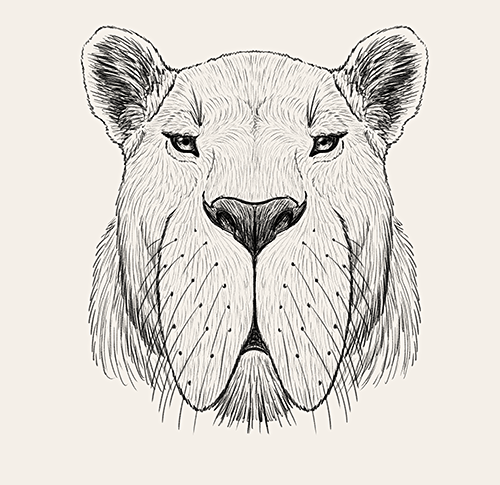alphynix:We’re all used to the common depiction of sabertoothed cats like the famous Smilodon. A fai
alphynix:We’re all used to the common depiction of sabertoothed cats like the famous Smilodon. A fairly standard-looking feline face with protruding teeth, something like this:It’s a look so ingrained in paleoart and pop culture that it’s even become visual shorthand for making cartoon creature designs look “prehistoric”.Except… it might be completely wrong.We’ve all been assuming that these saberteeth were basically tusks, like those we see in modern animals such as walruses and elephants. But it turns out that tusks have a very different chemical structure to normal teeth so they can withstand constant exposure to the environment – and Smilodon’s fangs don’t show any of those adaptations.There’s a detailed explanation of this idea and the science behind it over at this blog post. It isn’t an academically published theory yet (although I’d love to see somebody do a proper study), but it’s still very plausible and interesting to think about. The tl;dr version: it’s actually more likely that Smilodon covered its teeth with big jowly lips to protect them. Which means it probably looked like a feline version of a St. Bernard. Or… sort of like Chester Cheetah. -- source link
Tumblr Blog : alphynix.tumblr.com



